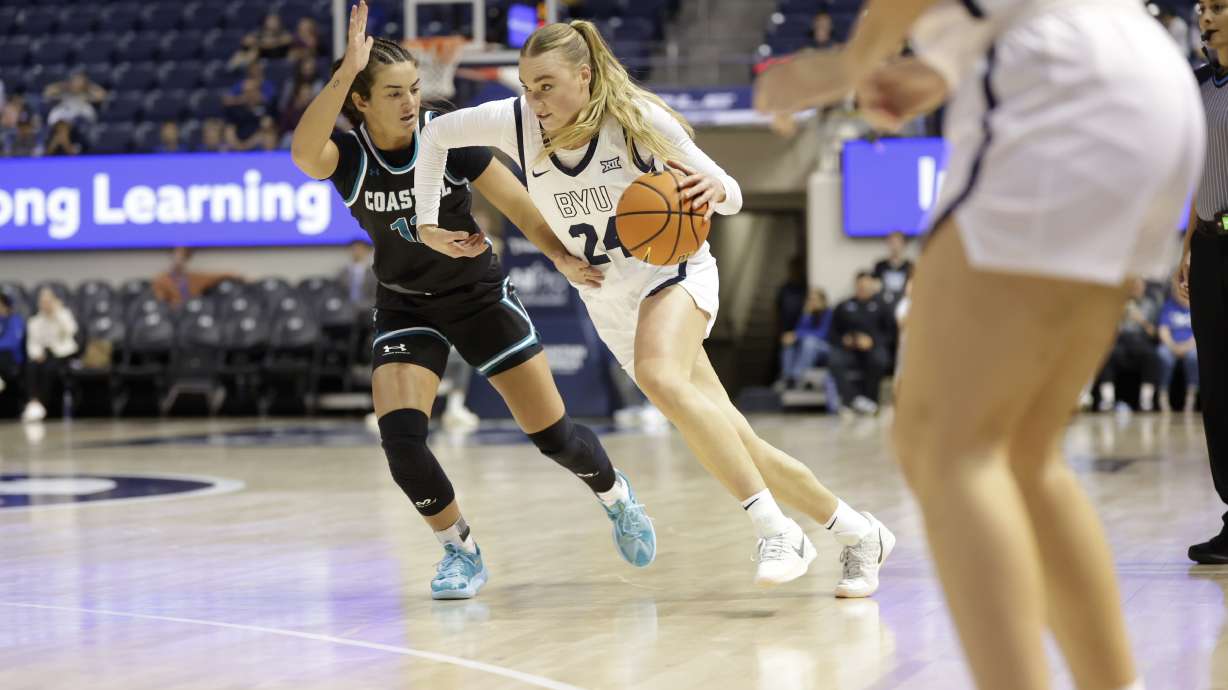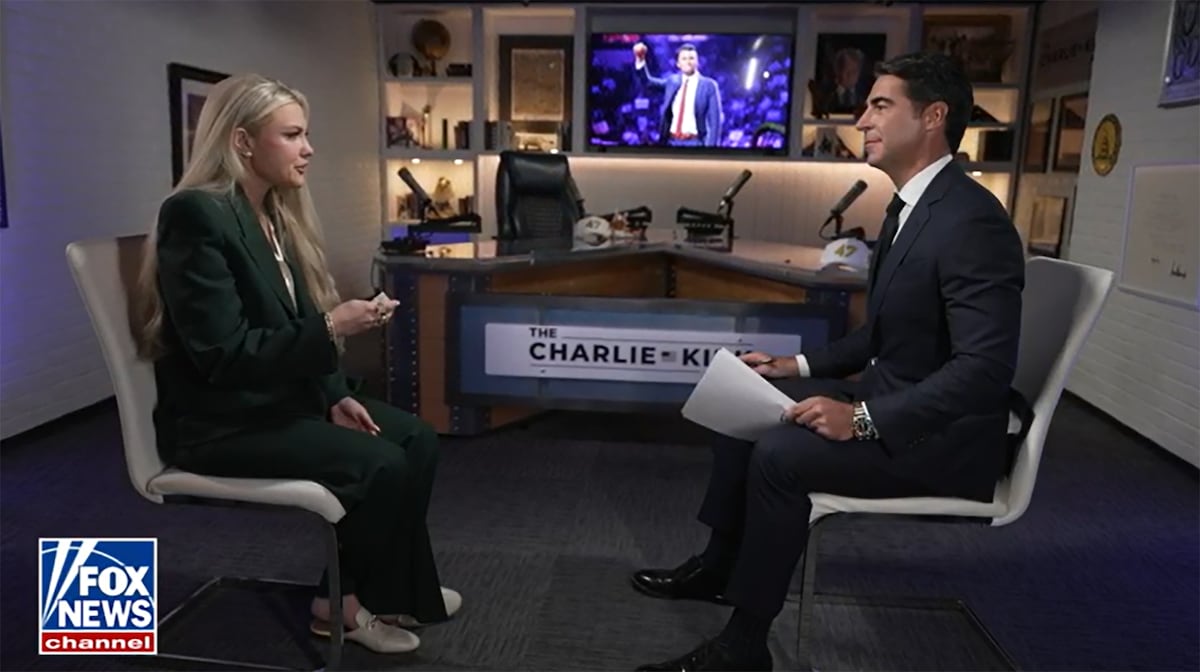The request comes after Robinson was not shown on-camera during his most recent hearing.
(Left: Trent Nelson | The Salt Lake Tribune; right: Utah County Sheriff’s Office) Kathryn Nester, left, the defense attorney assigned to represent Tyler Robinson has filed a motion arguing that Robinson should be allowed to wear plain clothes during court hearings. Robinson has been charged with aggravated murder in the Sept. 10, 2025, shooting death of political activist Charlie Kirk.
Tyler Robinson’s defense attorneys have asked a judge to allow the 22-year-old, accused of killing political activist Charlie Kirk in Orem, to attend in-person court hearings unshackled and in plain clothes, instead of in the jailhouse garb he wore during his first virtual appearance.
His attorneys argued that their requests were “necessary to maintain the presumption of innocence, to protect Mr. Robinson’s rights to a fair and impartial trial, and to maintain courtroom decorum and dignity,” according to a motion they filed Thursday in Utah’s 4th District Court.
“In the modern age of ubiquitous internet access and unrelenting media attention to high-profile criminal cases,” the attorneys wrote, “the prejudicial effect of a criminal defendant appearing in shackles, jail attire, and bullet-proof or suicide vests at any hearing threatens fundamental fairness.”
Robinson is facing a potential death sentence after prosecutors charged him with aggravated murder in the fatal shooting of Kirk on Sept. 10 at Utah Valley University.
In addition to the aggravated murder charge, Robinson is facing six other charges, including felony counts of discharge of a firearm, obstruction of justice and tampering with a witness.
His attorneys argued that the case has received extraordinary media attention and that coverage would continue throughout the proceedings and therefore there is a greater likelihood of a potential juror seeing Robinson in “jail garb, shackles, and a suicide vest.” Images of Robinson wearing those, the attorneys wrote, “will inevitably lead to prospective juror perception that he is guilty and deserving of death.”
Media coverage of his initial appearance on Sept. 16, when Robinson appeared on-camera virtually from inside the Utah County jail, included “endless scrutiny and speculation” about his appearance, his attorneys wrote.
The Salt Lake Tribune and other news organizations reported that Robison was wearing a suicide-prevention smock and did not appear to show emotion during the hearing.
For his next hearing, on Sept. 29, Robinson was scheduled to attend the hearing in-person. At his attorneys’ request, he ultimately participated virtually.
Unlike the first hearing, the camera feed from the jail showed only a black screen.
At that hearing, Judge Tony Graf vowed that the “proceedings will be open to the public, conducted in accordance with the law, and handled with diligence and competence to ensure that justice is never compromised.”
In the recent motion, Robinsons’ attorney wrote, “With each development in the case generating thousands of articles and comments online the likelihood of potential jurors seeing and drawing conclusions regarding Mr. Robinson’s guilt and or deserved punishment from obvious signs of pretrial incarceration will only increase.”
Since Robinson is facing the death penalty, his attorneys argued in court papers that their request was especially prudent and said “additional care must be taken to ensure Mr. Robinson receives a fair trial by an impartial jury.”
The attorneys conceded that this issue of whether a defendant should be shackled is most often raised during jury trials — “where the dangers of unfair prejudice are more severe” — but they argue that the limitations on restraints should apply more broadly.
“By necessity, judges are trusted to be less vulnerable than lay jurors to this and other forms of unfair prejudice. However,” defense attorneys wrote, “the psychological reality is that the human beings who serve on the bench are likewise not immune to such subconscious and subliminal influence from seeing a human being in chains to protect others from him.”
Defense attorneys made a similar argument for why Robinson should be allowed to attend the hearing in plain clothes.
The Utah Court of Appeals, the attorneys noted in the motion, has ruled that “in order to protect the presumption of innocence — a ‘basic component of a fair trial’ — criminal defendants are entitled to the indicia of innocence.” Such indicators include “the right of a criminal defendant to be tried wearing civilian clothing rather than clothing identifiable as prison or jail attire,” attorneys wrote.
They noted that the appeals court further found that, unlike restraints, whether or not a defendant is wearing inmate garb “furthers no essential state policy,” and “certainly could have little or nothing to do with security precautions.”
Prosecutors had not formally responded to the motion as of 1 p.m. Friday. They must file a response within 14 days. A spokesperson for the Utah County Attorney’s Office declined to comment on the defense’s motion ahead of that formal response.
Robinson remains at the Utah County jail, where he’s been held since he was booked Sept. 12. He has been barred from posting bond.
His next hearing is scheduled for Oct. 30.





